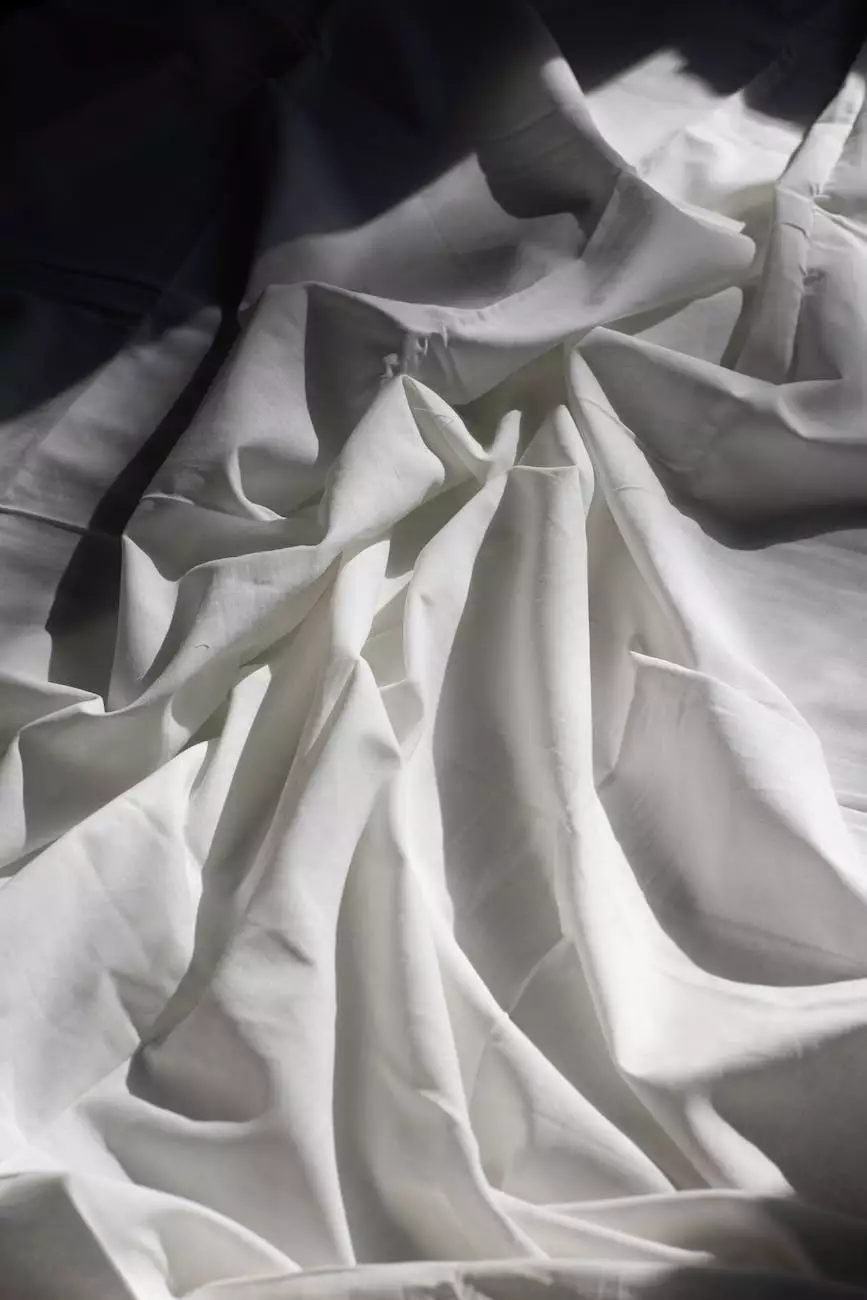The Art of Wool: Step 2: Dyeing
Blog
Introduction
Welcome to Reflections of Asia, your ultimate destination for all things textile! In this comprehensive guide on the art of wool, we delve into the intricate world of dyeing. Step 2 takes you through the enchanting process of transforming raw wool into vibrant, eye-catching hues that will elevate your textile projects to new heights.
Why Dye Wool?
Dyeing wool allows textile enthusiasts like you to explore limitless possibilities in color combinations and expressions of creativity. Whether you're a seasoned knitter, weaver, or simply a lover of wool, discovering the art of dyeing will open doors to incredible customization and unique designs.
The Dyeing Process
Preparing to dye your wool is just as important as the dyeing process itself. Here's a step-by-step breakdown of how to dye wool effectively:
Step 1: Preparing the Wool
Before you begin dyeing, ensure that your wool is clean and free from any dirt, grease, or debris. A thorough washing process is essential to achieve optimal dye absorption. Use a gentle wool wash soap and follow the instructions provided to cleanse the fibers without damaging them.
Step 2: Choosing the Dye
The market offers a wide range of dyes suitable for wool, including acid, natural, and synthetic options. Consider factors such as colorfastness, eco-friendliness, and the desired color intensity while making your selection. Additionally, consider using natural dyes for an eco-conscious approach.
Step 3: Dye Application Techniques
There are various techniques you can employ to dye your wool. Some popular options include:
- Immersion Dyeing: Submerging the wool in a dye bath for even color absorption.
- Hand Painting: Applying the dye directly onto the wool using brushes or sponges.
- Gradient Dyeing: Achieving a beautiful transition of colors by immersing different sections of the wool in multiple dye baths.
- Resist Techniques: Creating patterns and designs by using materials to block the dye from certain areas.
Step 4: Dyeing Process
Once you've prepared the wool and selected your dye, it's time to initiate the dyeing process. Follow the instructions provided with your chosen dye, ensuring appropriate ratios and temperatures. Allow the wool to soak and absorb the dye for the recommended duration to achieve the desired color intensity.
Step 5: Rinse and Drying
After the dye has set, rinse the wool thoroughly with water until it runs clear. Press out any excess moisture gently and reshape the wool to its original form. Lay it flat to dry, away from direct sunlight, to retain its vibrant colors.
Tips for Successful Wool Dyeing
To master the art of wool dyeing, here are some essential tips to keep in mind:
- Wear protective gloves and work in a well-ventilated area to prevent skin irritation and ensure safety during the dyeing process.
- Experiment with different dyeing techniques and color combinations to create unique effects and textures.
- Keep a record of your dyeing experiments, including dye ratios, techniques used, and observations, to replicate successful outcomes.
- Explore the use of mordants and modifiers to enhance or alter the dye's color and improve colorfastness.
- Consider blending different fiber types, such as silk or alpaca, with wool to achieve fascinating dye results.
Conclusion
Mastering the art of wool dyeing unlocks a world of endless possibilities for textile enthusiasts. At Reflections of Asia, we strive to provide you with comprehensive resources and guidance to nurture your creativity and elevate your textile projects. Stay tuned for Step 3 in our guide, where we explore advanced dyeing techniques and sophisticated color layering methods.










